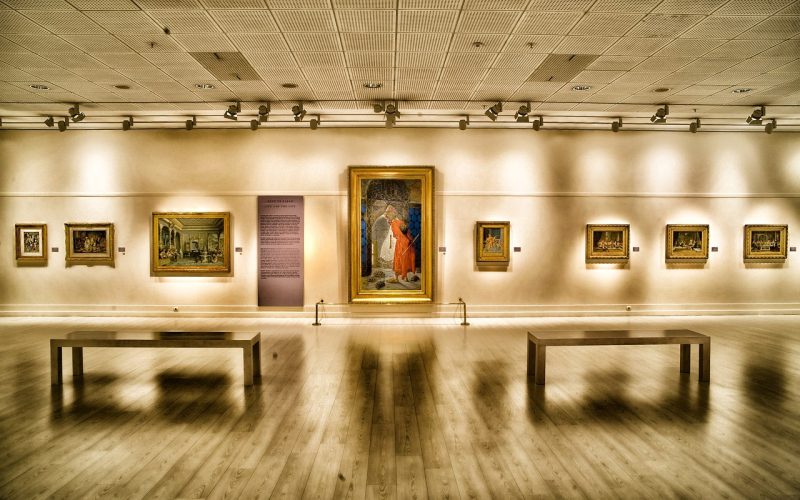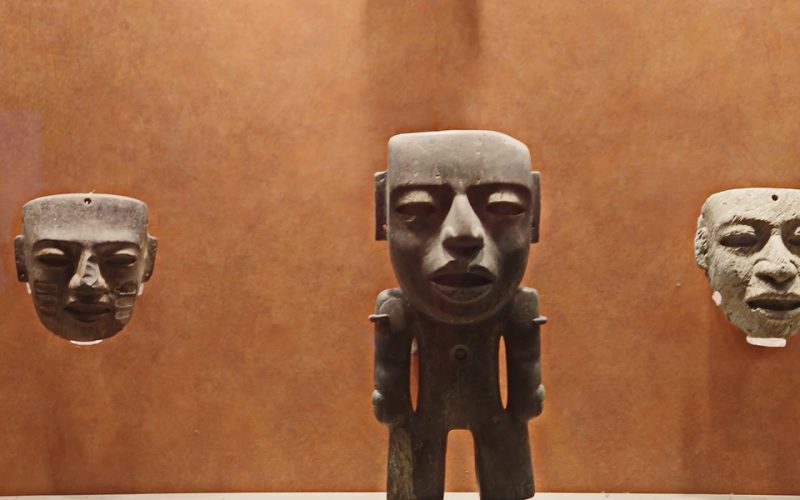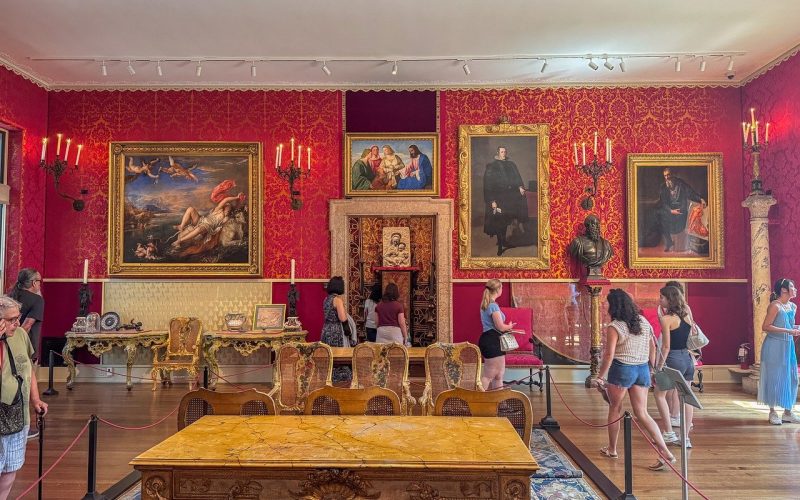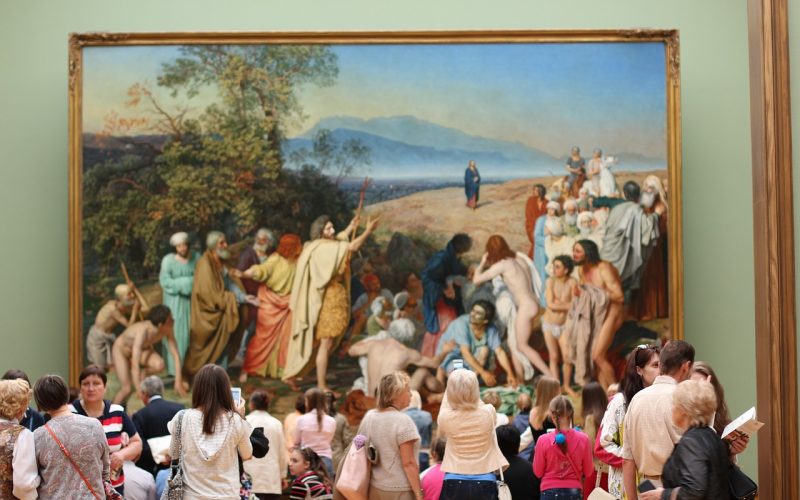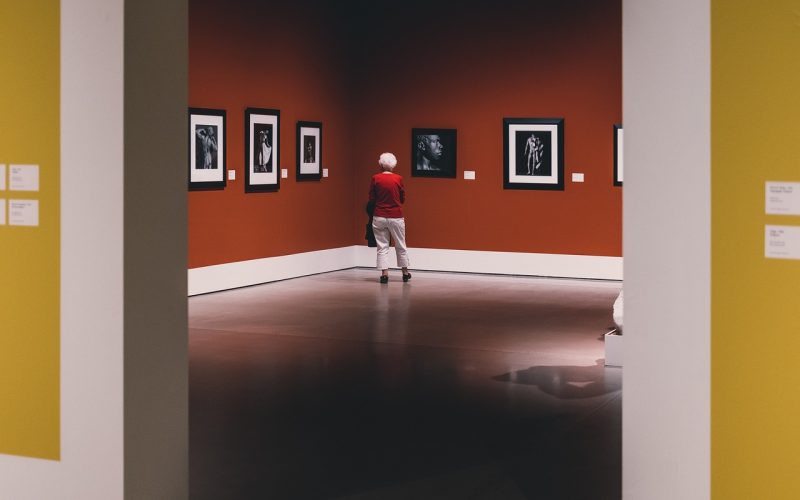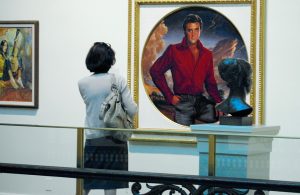Exploring European Art Movements
Art has long been a medium for expression and innovation, reflecting the cultural and social dynamics of its time. Europe, with its rich history and diverse cultures, has been the birthplace of numerous ground breaking art movements. From the vibrant colours of Impressionism to the abstract forms of Cubism, each movement has left a unique mark on the world of art.
Impressionism
Emerging in the late 19th century, Impressionism broke away from traditional artistic conventions. Originating in France, this movement emphasised loose brushwork and light colours to capture the essence of a moment. Artists like Claude Monet and Pierre-Auguste Renoir focused on scenes of everyday life, landscapes, and the effects of light. The spontaneity and vibrancy seen in Impressionist works challenged rigid academic standards, paving the way for modern art. Impressionism's revolutionary approach to capturing reality had a profound impact on subsequent art movements.
Post-Impressionism
Building upon the foundations of Impressionism, Post-Impressionism emerged in the late 19th century as artists sought to add emotional depth and symbolism to their work. While Impressionists were known for their focus on light and colour, Post-Impressionists like Vincent van Gogh and Paul Cézanne embraced bold colours and exaggerated forms to convey emotion. They moved beyond the fleeting impressions of their predecessors, exploring more personal and subjective interpretations of reality. The movement laid the groundwork for modern art by encouraging experimentation and individual expression.
Cubism
In the early 20th century, Cubism revolutionised the art world with its abstract and fragmented representation of reality. Developed by Pablo Picasso and Georges Braque, Cubism focused on deconstructing objects into geometric shapes and presenting multiple viewpoints simultaneously. This radical approach challenged traditional perspectives and sought to capture the complexity of the modern world. Cubism influenced not only visual arts but also literature and architecture, leaving an indelible mark on the artistic landscape of the 20th century.
Surrealism
Emerging in the aftermath of World War I, Surrealism sought to tap into the unconscious mind and explore dreamlike imagery. Founded by André Breton, the movement embraced the irrational and the fantastical, aiming to transcend reality. Artists like Salvador Dalí and René Magritte created imaginative and often bizarre compositions, blurring the lines between fantasy and reality. Surrealism not only influenced visual arts but also literature and cinema, becoming a significant cultural movement that challenged conventional perceptions of reality.
Expressionism
Expressionism emerged in the early 20th century as a reaction to the rapid industrialisation and societal changes of the time. This movement prioritised emotion over the representation of reality, using distorted forms and vivid colours to convey intense feelings. Artists like Edvard Munch and Wassily Kandinsky sought to express subjective experiences and inner turmoil through their work. Expressionism's raw and emotive style resonated with a wide audience, influencing various art forms, including film and theatre.
Dadaism
Born out of the disillusionment and chaos of World War I, Dadaism emerged as an anti-establishment movement that questioned traditional art forms. Artists like Marcel Duchamp and Max Ernst rejected conventional aesthetics, focusing instead on absurdity and nonsense. Dadaists used unconventional materials and techniques to challenge societal norms and provoke thought. The movement's emphasis on spontaneity and the rejection of logic paved the way for future avant-garde movements, making it a precursor to postmodernism.
European art movements have shaped the evolution of art and culture, reflecting the dynamic and often turbulent history of the continent. Each movement brought forth new ideas and perspectives, challenging established norms and pushing the boundaries of creativity. From the fleeting brushstrokes of Impressionism to the dreamlike surrealism of Surrealism, these movements continue to inspire and captivate audiences worldwide. Understanding these movements allows us to appreciate the diverse tapestry of artistic expression that defines European art history.
